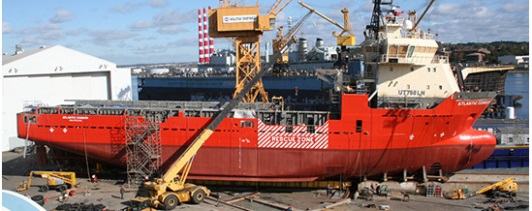The government has set out to hire a shipbuilding expert in order to quickly repair the faulty National Shipbuilding Procurement Strategy that threatens to go grossly over budget.
The development surfaced following reports that the cost component of the NSPS dealing with the procurement of 15 warships has more than doubled from its initial $14 billion price tag to more than $30 billion.
Apart from hiring a shipbuilding expert to advise the government on how to deal with the NSPS’s problems, Public Services Minister Judy Foote office will also move to develop a new system to evaluate costs, and provide quarterly public updates and annual reports to the Parliament, according to a report on CBC News.
Find out the latest in shipbuilding technology –
Attend the Shipbuilding Technology Forum 2015
The NSPS was launched by the Conservative government in 2010 in order to rebuild the Royal Canadian Navy’s fleet and boost the local industry as well. The strategy was broken into three sections; the combat package, the non-combat package and the smaller vessel package. Companies that won one of the larger ship packages were not able to bid on the smaller vessel package.
RELATED CONTENT
Is the NSPS headed for troubled waters?
Liberal government grants Davie Shipyard $587 million contract
Shipbuilding association urges government to sign Davie contract
The NSPS had an initial budget of $39 billion to build 30 large ships. So far the project has moved slowly and initial costs for the contracts that have been given have gone up.
For example, the total cost $26.2 million approved by the government for the purchase of those 15 ships and an additional 6 Arctic Patrol Ships will now cost about $16 billion more and balloon to $42 billion.
However, it is no surprise that the costs are ballooning, according to Ken Hansen, a professor of political science at Dalhousie University in Halifax.
Initial costs estimates were off because the navy has been absent from the shipbuilding market for more than 20 years, he said in an interview with the Canadian Press.
He called the estimate “a pie-in-the-sky estimate” that was “wishful thinking.”
Hansen also said the navy was looking for top-of-the-line vessels and there was no compromise yet on the “needs-vs-wants aspect of the wish list.”

